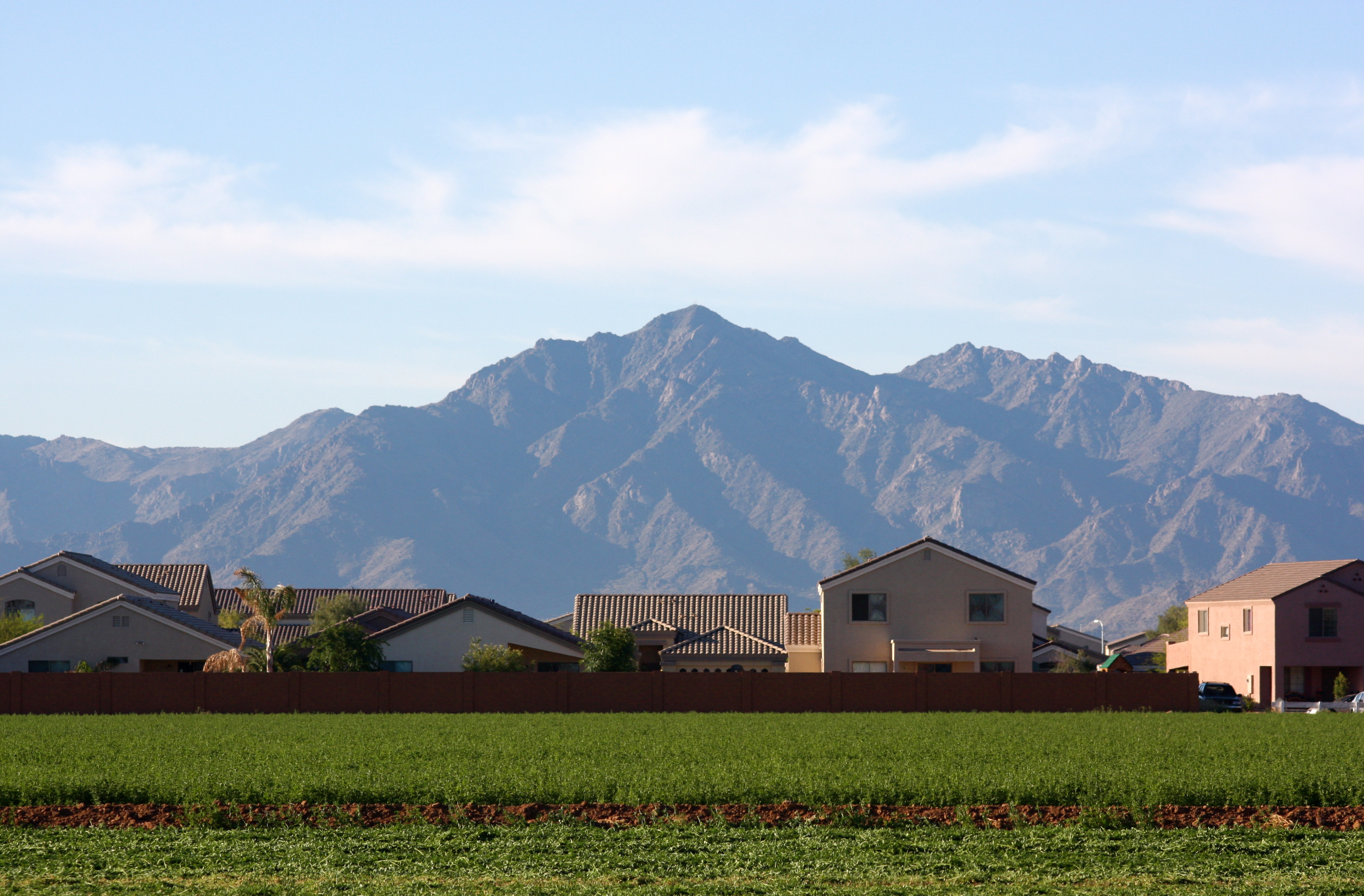The Solution to Climate Change is in Our Lands
[ Español | Français | Português ]
A global effort to give small farmers and indigenous communities control over lands is the best hope we have to deal with climate change and feed the world’s growing population.
As governments converge on Lima for the UN Climate Change Conference, the brutal killing of Peruvian indigenous activist Edwin Chota and three other Ashaninka men this past September is shining a spotlight on the connection between deforestation and indigenous land rights. The simple truth is plain to see: the most effective and just way to prevent deforestation and its impacts on the climate is to recognise and respect the sovereignty of indigenous peoples’ over their territories.
Peru’s violent land conflicts also bring into focus another issue of equal importance to climate change that can no longer be ignored: the concentration of farmland in the hands of a few.
Small farms of less than 5 hectares represent 78% of all farms in Peru, but occupy a mere 6% of the country’s agricultural lands. This disturbing figure mirrors the global situation. Worldwide, small farms account for 90% of all farms yet occupy less than a quarter of the agricultural land. This is bad news for the climate.
Just as the dispossession of indigenous peoples of their territories has opened the door to destructive, unsustainable resource extraction, the dispossession of peasants of their lands has laid the basis for an industrial food system that, amongst its many negative effects, is responsible for 44-57% of all global greenhouse gas emissions.

